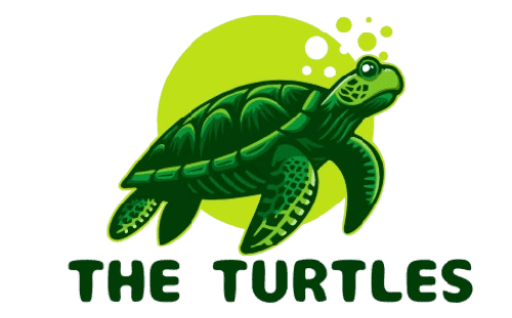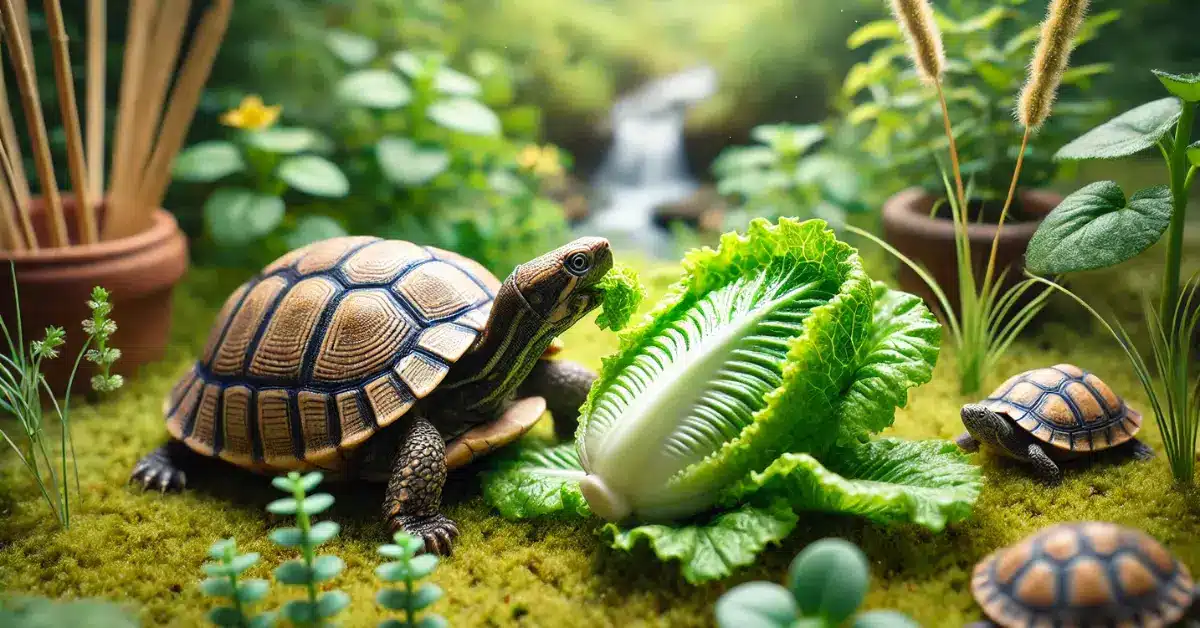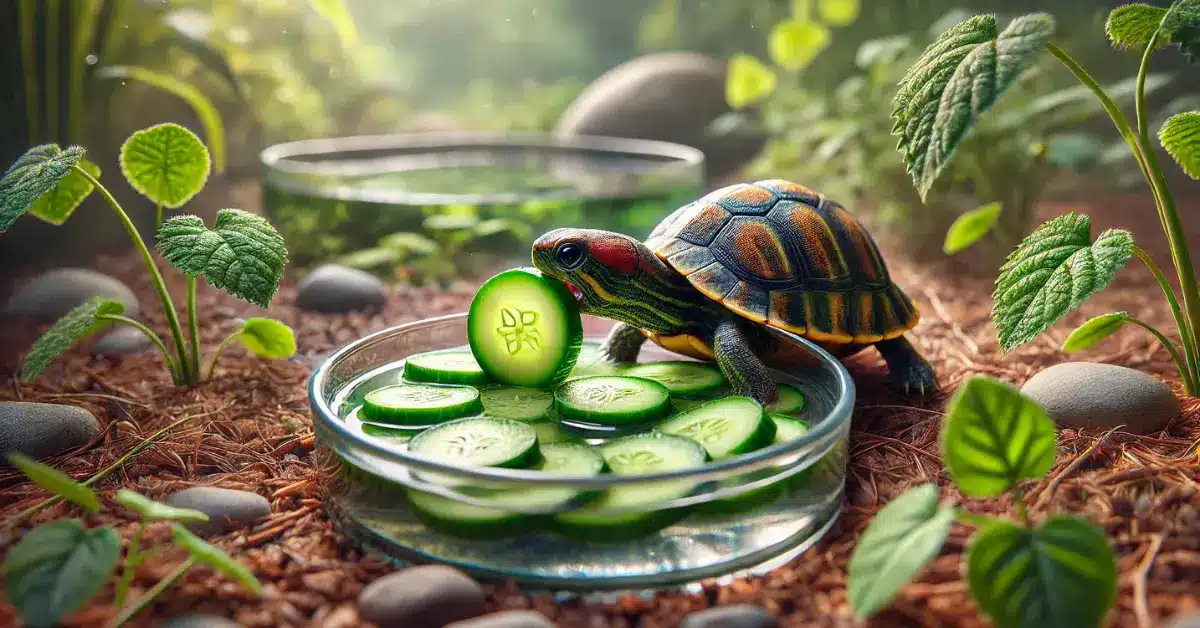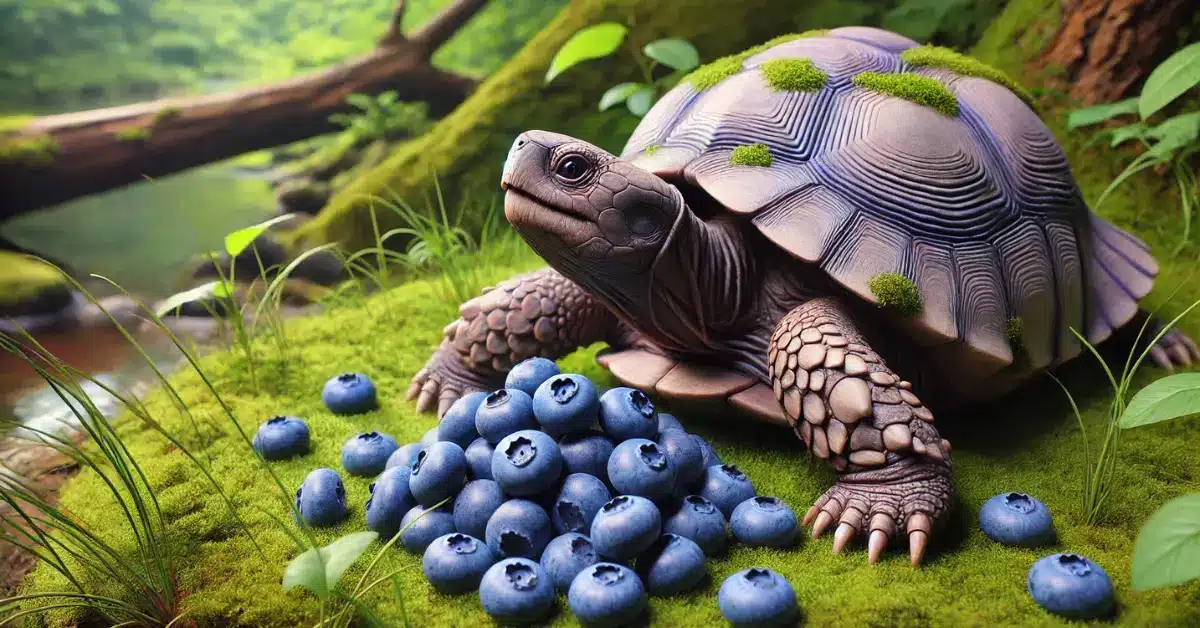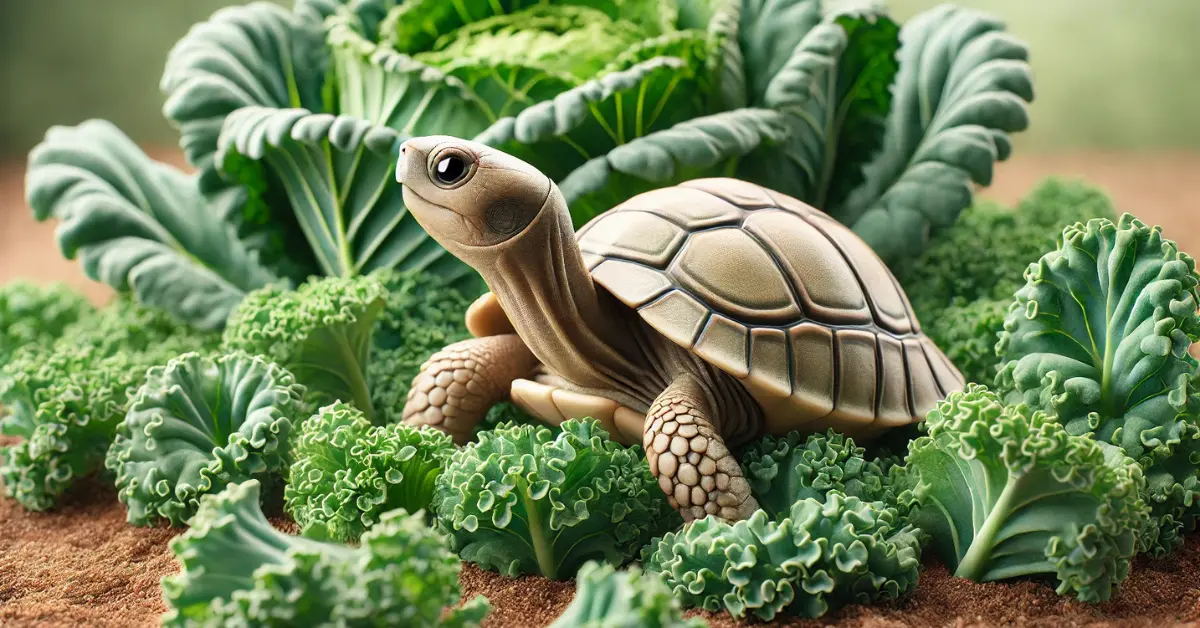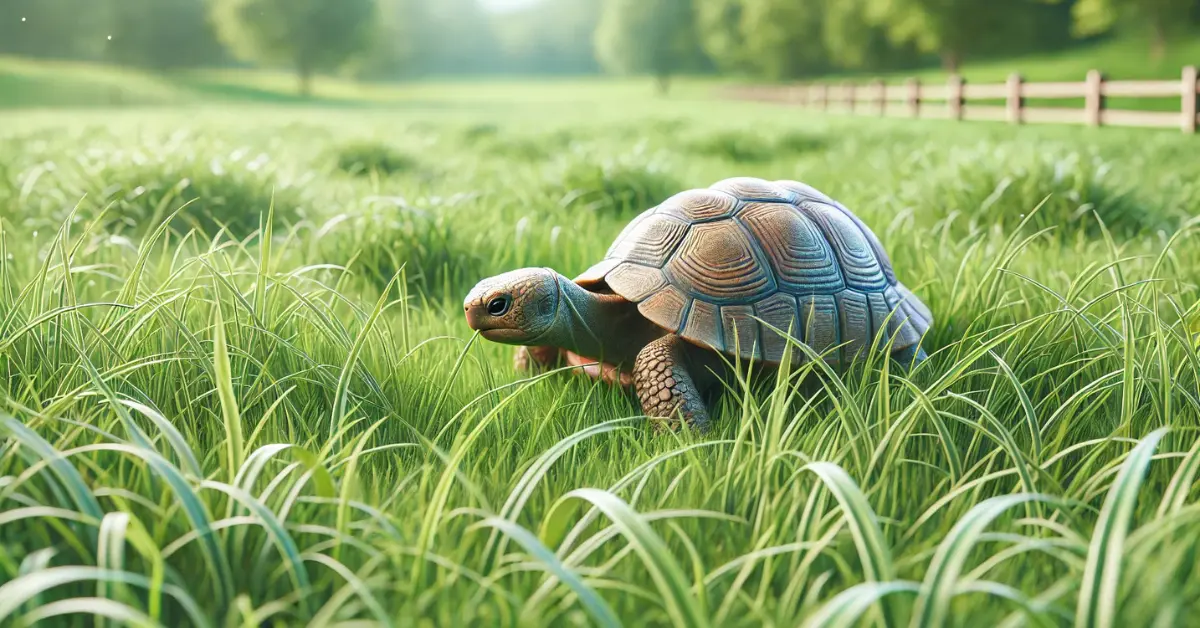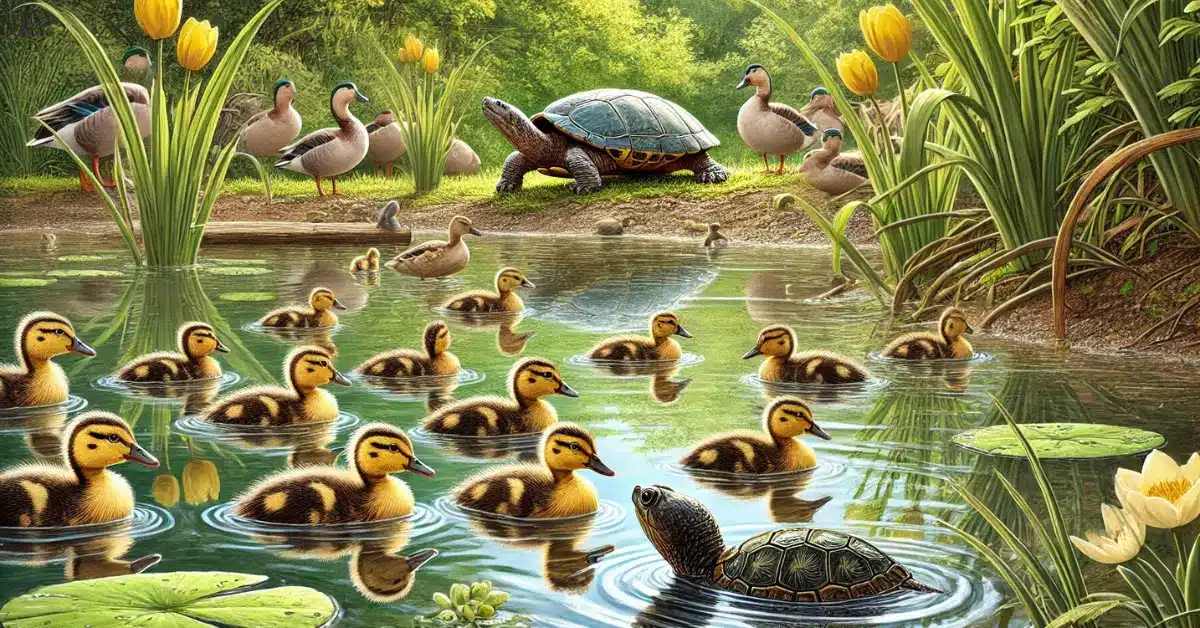Musk turtles are amazing creatures with specific eating habits that reflect their unique lifestyles. Understanding “What Do Musk Turtles Eat?” is essential for keeping these turtles healthy and happy. Their diet mainly includes small animals like insects and fish, and it changes with their age, the seasons, and during breeding times. Learn more about their dietary needs to make sure they stay healthy and happy.
Table of Contents
ToggleNatural Feeding Behavior of Musk Turtles
Carnivorous Nature
Musk turtles are mainly carnivores. They love to feast on small animals. Their diet includes insects, worms, and small fish. They use their sharp beaks to grab and eat these prey items. This diet helps them stay healthy and strong.
Aquatic Hunting Skills
These turtles are skilled hunters. They spend a lot of time in water, where they hunt for their food. Musk turtles have a special way of moving and hiding that helps them catch their prey. They can stay still for a long time, waiting for the right moment to snatch their food. This patience and skill make them effective hunters in their watery homes.
Impact of Seasons and Environment
The diet of musk turtles can change depending on the season and their surroundings. In warm months, they have access to more food and are more active in hunting. During colder seasons, their metabolism slows down, and they might eat less. The environment also plays a role in their diet. In a well-stocked pond, they find a variety of food, while in a less rich habitat, their diet might be more limited.
What Do Musk Turtles Eat?
Musk turtles eat a range of things, but they mainly focus on small animals. Their typical meals include insects, small fish, and worms. In some cases, they might munch on aquatic plants, but animal matter is their primary food source. Their diet helps them grow and stay fit, allowing them to thrive in their aquatic homes.
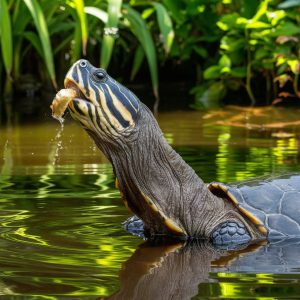
Favorite Foods of Musk Turtles
Musk turtles have specific tastes when it comes to their meals. Their favorite foods are essential to their diet and help them stay healthy. Let’s explore what these turtles enjoy eating the most.
Aquatic Insects
Musk turtles find aquatic insects particularly tasty. These insects, such as water beetles and dragonfly larvae, are a rich source of protein and other nutrients. Musk turtles often hunt these insects by slowly moving through the water and snapping them up with their beaks.
Small Fish and Tadpoles
Small fish and tadpoles are also on the menu for musk turtles. These small creatures provide essential vitamins and minerals. Musk turtles use their hunting skills to catch fish and tadpoles, showing their agility and patience. They can often be seen searching for these delicacies in their watery habitats.
Aquatic Plants and Algae
Though they primarily eat animals, musk turtles also nibble on aquatic plants and algae. These plants add variety to their diet and help with digestion. While not their favorite, plants can be an important food source, especially when animal prey is scarce.
Mollusks and Crustaceans
Mollusks and crustaceans are another favorite for musk turtles. They enjoy eating snails, clams, and small shrimp. These creatures are rich in nutrients and provide a different texture that musk turtles like. They use their strong jaws to crush and eat these hard-shelled foods.
Musk Turtles’ Foraging Strategies
Musk turtles are not just opportunistic eaters; they have developed specific strategies to find and catch their food. Their foraging techniques are tailored to their aquatic environment and their dietary preferences. Here’s a closer look at how musk turtles hunt for their meals.
Underwater Activities
Musk turtles spend a lot of time underwater searching for food. They often move slowly and deliberately, which helps them spot potential prey without startling it. They use their keen eyesight and sense of smell to locate food sources. Their ability to remain still for long periods allows them to observe their surroundings and wait for the right moment to act.
Use of Their Mouth
The mouth of a musk turtle is a crucial tool in its foraging strategy. With a sharp beak and strong jaws, these turtles can grasp and manipulate their prey effectively. They use their mouth to grab, crush, and consume food. For instance, when eating mollusks or crustaceans, musk turtles use their beaks to break open shells and access the soft tissue inside.
Prey-Catching Techniques
Musk turtles have developed several techniques for catching their prey. They often employ a stealthy approach, staying hidden and waiting for their prey to come close. When the right moment arrives, they make a quick and precise strike. This technique is particularly effective when hunting small fish or insects. Their patience and timing are key to their success in catching food.
Feeding Captive Musk Turtles
Taking care of captive musk turtles means making sure they eat the right foods. A good diet keeps them healthy and happy. Here’s how to feed them well:
Importance of a Balanced Diet
A balanced diet is very important for captive musk turtles. In the wild, they eat a mix of insects, small fish, and plants. Captive turtles need a similar variety to stay healthy. A balanced diet helps them get all the nutrients they need and keeps them strong and active.
Homemade Food Options
You can make your own turtle food at home. For a good meal, you can give them live insects, small pieces of fish, and some leafy greens. Sometimes, you can also add small bits of fruit and vegetables. Homemade food lets you choose what goes into their meals and avoid extra chemicals. Just make sure the food has all the nutrients they need.
Pros and Cons of Commercial Turtle Food
Commercial turtle food is easy and can be good for your turtles. Many brands make food that has all the right nutrients. It’s simple to store and measure. However, some of these foods might have extra ingredients or chemicals that aren’t the best for turtles. It’s important to pick high-quality food and check the labels to see what’s inside.
Nutritional Requirements of Musk Turtles
To keep musk turtles healthy, they need the right nutrients in their food. Here’s what you need to know to make sure they get what they need:
Protein Needs
Musk turtles need lots of protein. Protein helps them grow and stay strong. In the wild, they get protein from insects and small fish. For turtles kept as pets, you can give them live insects, pieces of fish, and special turtle food that has protein in it.
Essential Vitamins and Minerals
Vitamins and minerals are also important for musk turtles. Vitamins like A, D, and E help with their vision, growth, and overall health. Minerals like phosphorus and potassium support their body functions. A good diet with different kinds of food can help them get these vitamins and minerals. Many turtle foods are made to include these nutrients.
Role of Calcium
Calcium is very important for musk turtles because it helps keep their bones and shell strong. You can give them calcium through foods like leafy greens and special turtle food that has extra calcium. Without enough calcium, their shells can become weak and they might have other health problems.
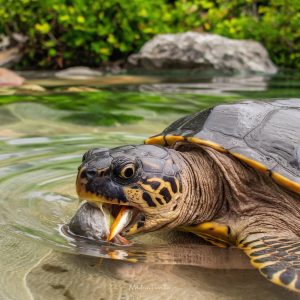
Changes in Musk Turtle Diet
Musk turtles may change their eating habits based on different factors. These changes can depend on their age, the seasons, or special times like breeding season. Here’s how their diet might shift:
Age-Related Dietary Shifts
As musk turtles grow, their dietary needs change. Baby turtles often eat smaller, softer foods like tiny insects and worms. As they grow, they can handle larger prey like small fish and bigger insects. Adult turtles may eat a wider variety of foods, including more aquatic plants. Adjusting their diet as they age helps them get the right nutrients for their growth and health.
Seasonal Variations in Food Intake
The amount and type of food musk turtles eat can change with the seasons. In warmer months, they are more active and may eat more because there is more food available. In cooler months, their activity levels drop, and they may eat less. This change helps them adapt to the different food sources available and their slower metabolism during colder weather.
Special Diets During Breeding Season
During the breeding season, musk turtles might need a different diet to support their reproductive health. Female turtles may need extra nutrients to help them produce eggs. Providing a balanced diet with extra vitamins and minerals can support their health during this time. This special diet helps ensure that both the mother and her eggs stay healthy.
Read more: What Do Mud Turtles Eat?
Conclusion
In short, knowing “What Do Musk Turtles Eat?” helps you care for these interesting turtles. Musk turtles have special food needs that change with their age, the seasons, and during breeding time. They like foods like aquatic insects and small fish, and they need protein, vitamins, and calcium to stay healthy.
If you take care of a musk turtle or just want to learn more about them, it’s important to know what they eat. For more information about musk turtles and how to care for them, check out Theturtles.info. Understanding their diet helps keep them strong and happy.
FAQs About What Do Musk Turtles Eat?
What do musk turtles eat in the wild?
In the wild, musk turtles mainly eat insects, small fish, worms, and aquatic plants. They also enjoy snails, clams, and other small water creatures.
Do musk turtles eat plants?
Yes, musk turtles do eat plants, but they prefer animal foods. They may nibble on aquatic plants and algae, especially when other food sources are not available.
How can I feed my captive musk turtle?
You can feed your captive musk turtle a mix of live insects, small fish, and some leafy greens. High-quality commercial turtle food can also be used to provide balanced nutrition.
What should I avoid feeding musk turtles?
Avoid feeding musk turtles foods that are too high in fat or sugar. Steer clear of processed human foods and anything that might be harmful, like certain fruits or vegetables.
How often should I feed my musk turtle?
Musk turtles typically need to be fed 2 to 3 times a week. The exact amount depends on their age and size. Young turtles may need to be fed more often than adults.
Can musk turtles eat the same food all the time?
No, musk turtles need a varied diet to stay healthy. They should have a mix of protein sources, like insects and fish, along with some plants to provide all the nutrients they need.
How do seasonal changes affect a musk turtle’s diet?
In warmer months, musk turtles are more active and may eat more. In colder months, their metabolism slows down, so they might eat less.
Do musk turtles need special food during breeding season?
Yes, female musk turtles may need extra nutrients during breeding season to help produce healthy eggs. Providing a balanced diet with additional vitamins and minerals can support their health.
How can I tell if my musk turtle is eating enough?
A healthy musk turtle will be active, have a good appetite, and maintain a healthy weight. If you notice changes in their eating habits or weight, consult a vet for advice.
Where can I find more information about feeding musk turtles?
For more information about what musk turtles eat and how to care for them, visit Theturtles.info.
